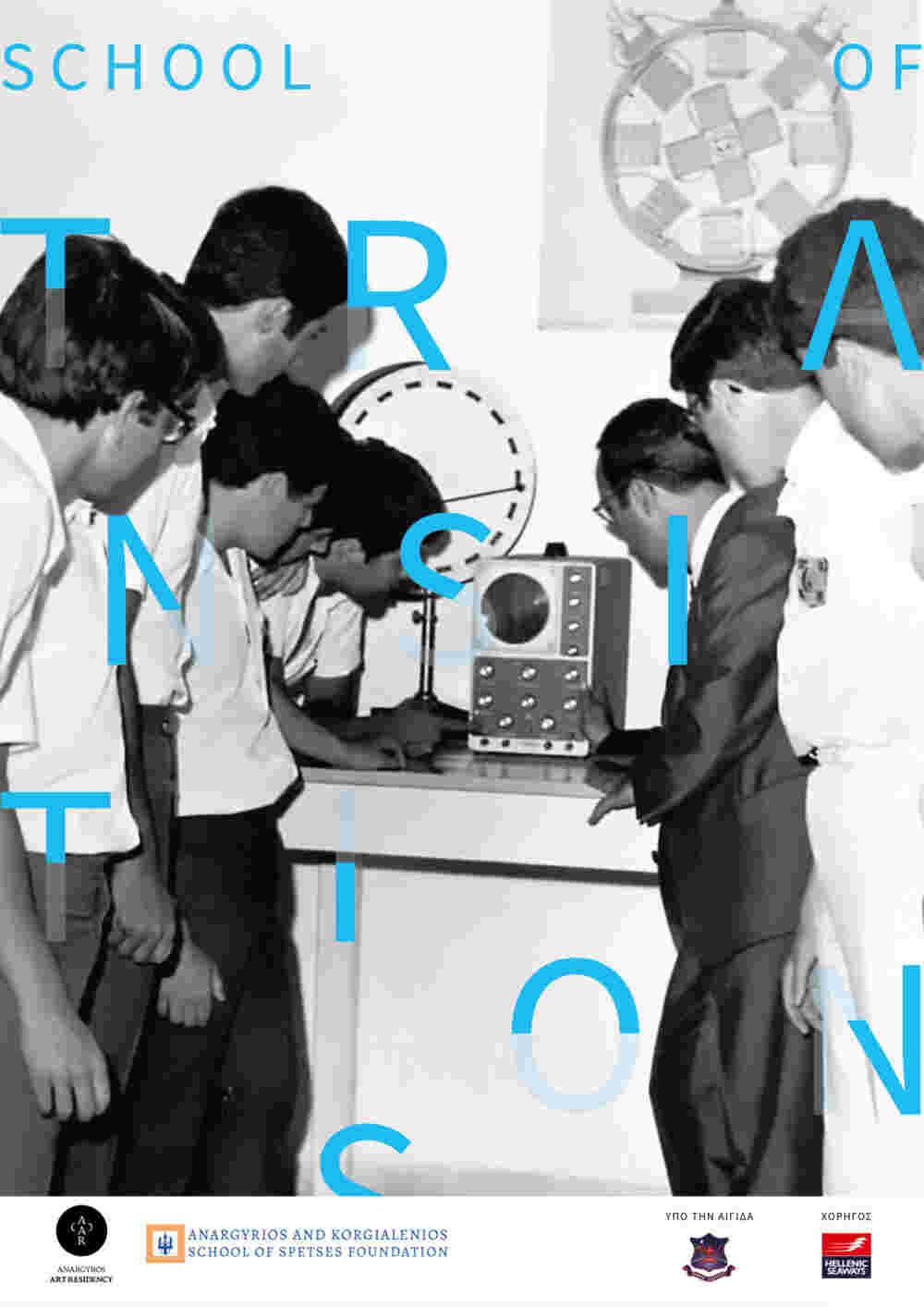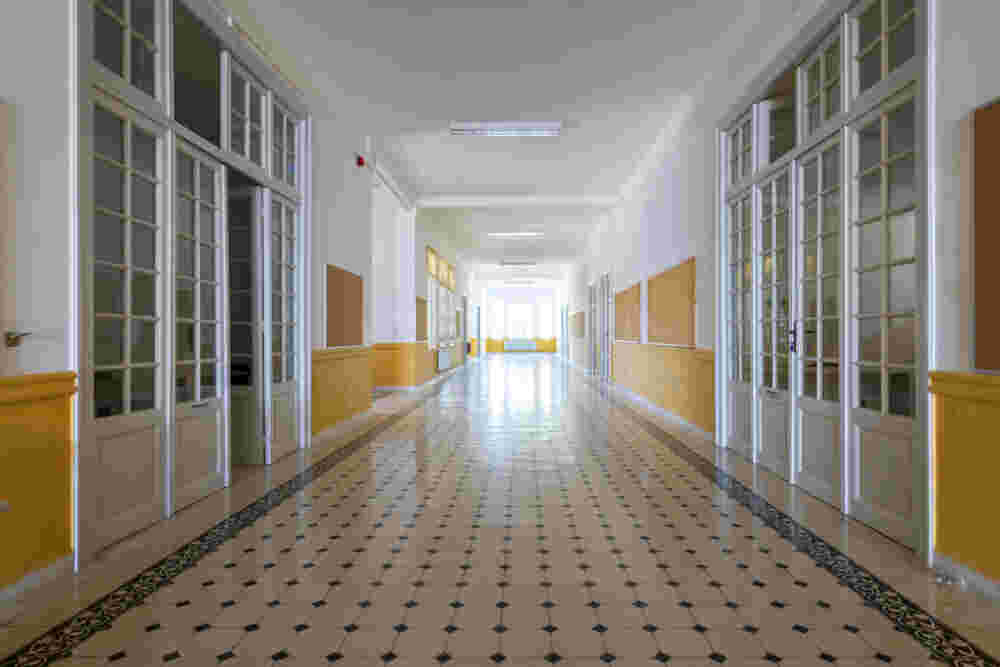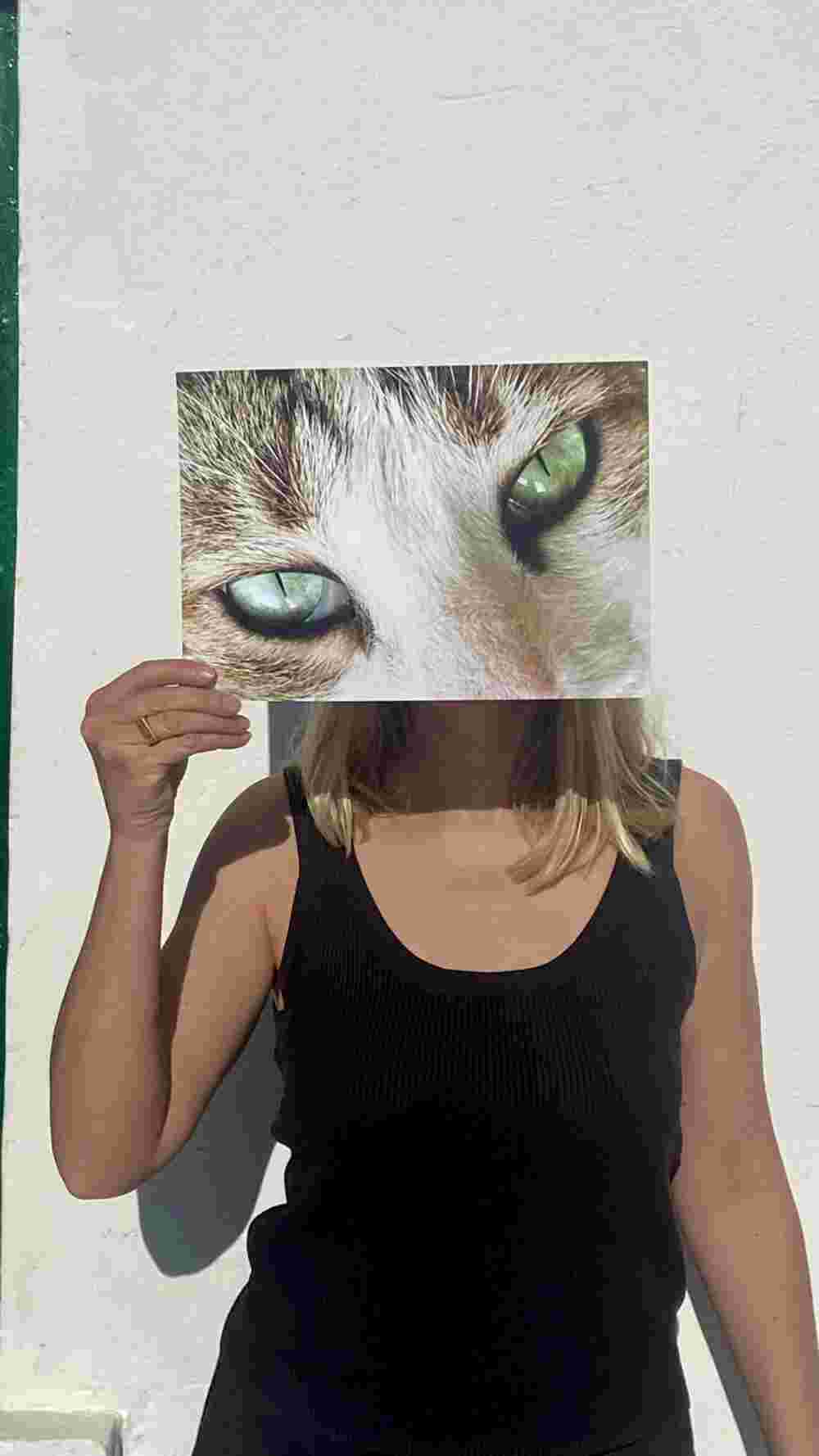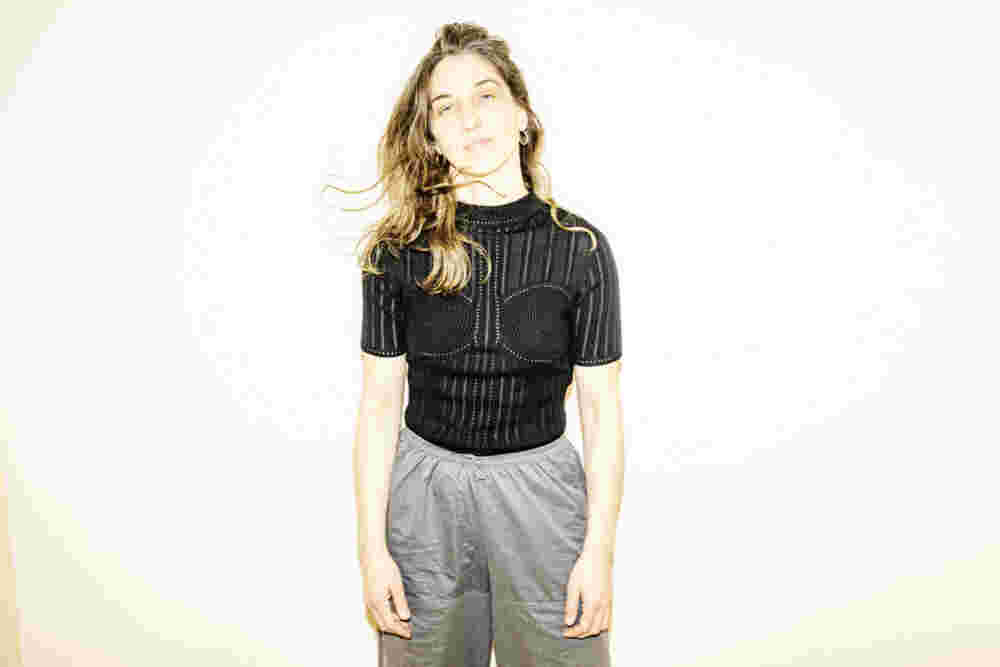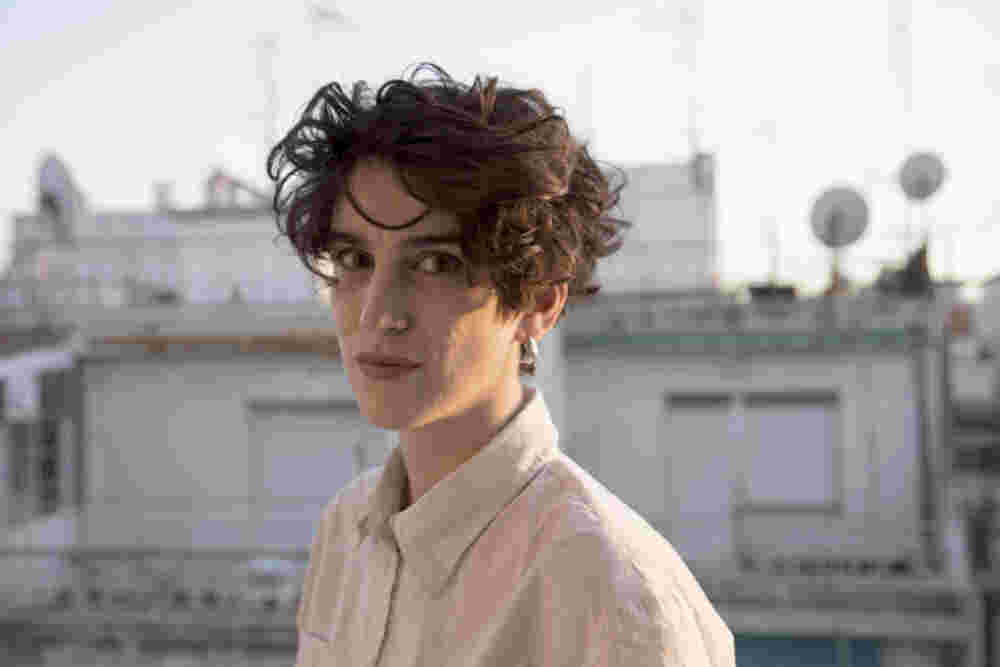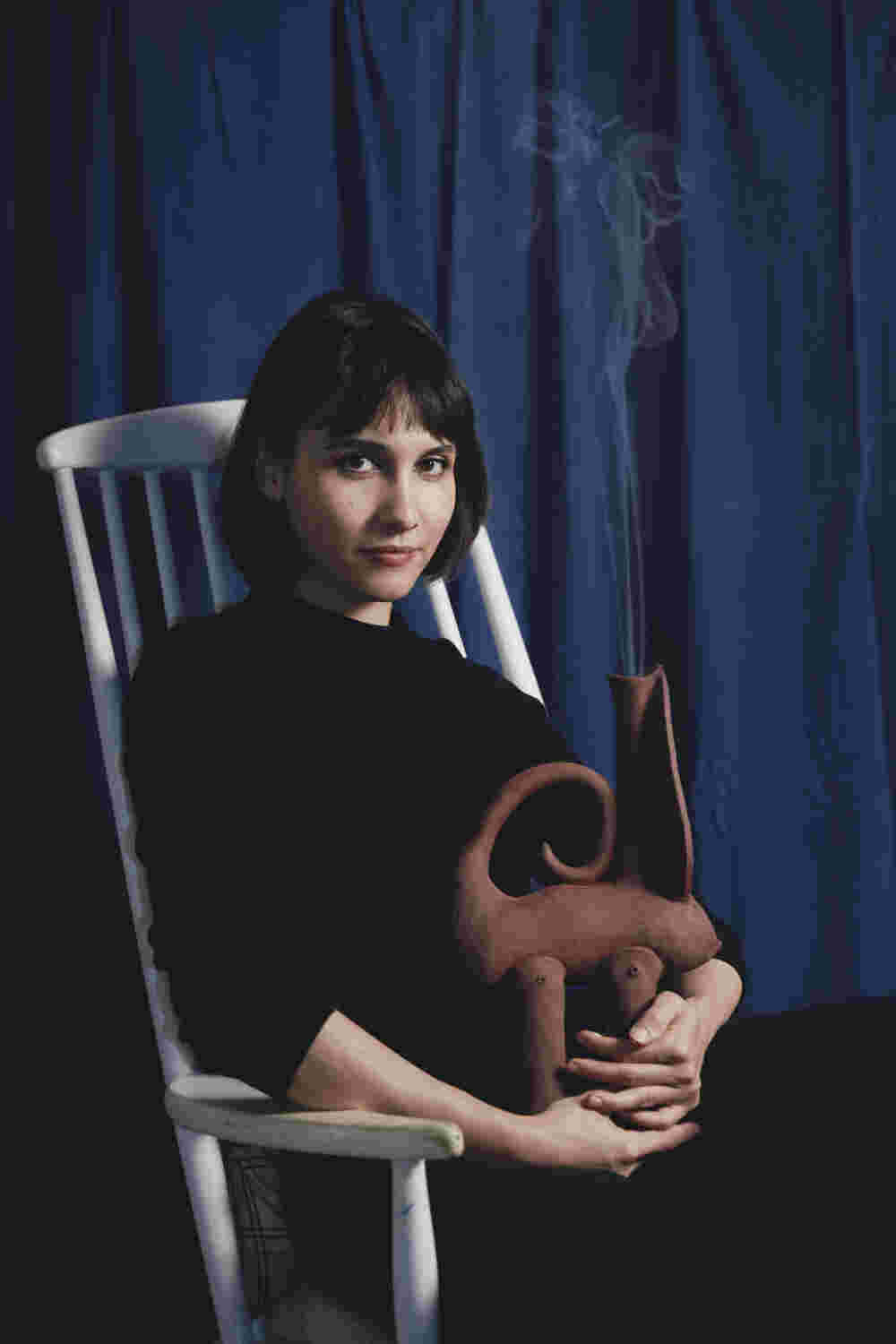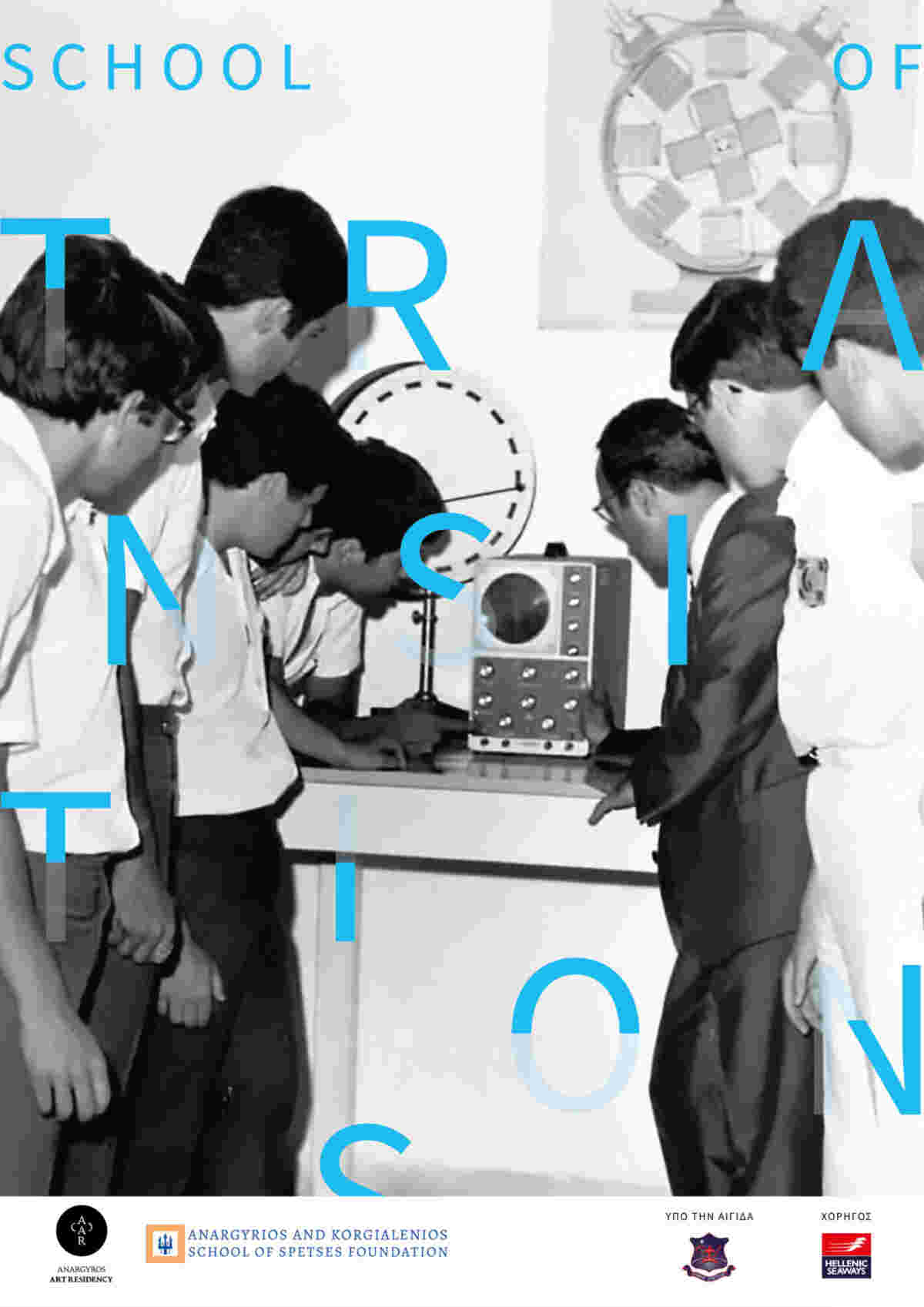
ANARGYROS ART RESIDENCY SPETSES || EXHIBITION “SCHOOL OF TRANSITIONS”
ANARGYROS ART RESIDENCY, SPETSES
Anargyrios and Korgialenios School of Spetses
School of Transitions
16.05–27.06.2025
Opening
20.06.2025 from 6pm
8pm Performance found memories by Ioanna Paraskevopoulou
Artists
Rowena Hughes (1979, London)
Konstantza Kapsali (1989, Thessaloniki)
Natalia Manta (1994, Athens)
Ioanna Paraskevopoulou (1984, Kalamata)
Artistic Director
Eva Vaslamatzi
Coordinator
Foteini Salvaridi
The Anargyrios and Korgialenios School of Spetses is pleased to announce the launch of the Anargyros Art Residency in Spetses in May 2025. The program aims to host artists from all disciplines annually at the School’s premises, providing a necessary framework for the production of new, original artworks. The School will serve as both a place of residence and a workspace for the artists, a site for exhibiting their final works, and a meeting point for the local community through a series of public activities. Participating artists are encouraged to explore hidden aspects of the island’s landscape, beyond stereotypical touristic depictions, and to process and interpret their social significance for the local community. The unique condition of island life, characterized simultaneously by isolation and connectivity through an archipelagic network, forms the broader conceptual framework of the program.
The program is an initiative of the Anargyrios and Korgialenios School of Spetses (AKSS) under the artistic direction of curator Eva Vaslamatzi.
In its inaugural year, the residency focuses on its host location – the School, as it is commonly known in Spetses – which operated as a boys’ boarding school from 1927 to 1983. How can we envision an alternative school today in this historically charged space? Under what conditions can we build a framework of horizontal sharing and reciprocity? How can we highlight the pedagogical aspect of knowledge exchange without reducing it to a methodological tool?
Through the research and work of four female artists – Rowena Hughes, Konstantza Kapsali, Natalia Manta, and Ioanna Paraskevopoulou – the program launch, under the title School of Transitions, aspires to create an alternative school within the School. This direction forms the program’s methodological axis and unfolds through a series of public workshops and discussions organized by the artists and four invited collaborators – curators and visual artists Daphne Dragona, Leda Papaconstantinou, Ayumi Paul, and Rachael Rakes – as well as through more spontaneous meetings and activities such as collective text readings and reference film screenings related to the participants’ work.
The Artists’ Research
Rowena Hughes works with the photogram technique, paying homage to Anna Atkins, one of the first female botanists and photographers to use this medium to document nature. Collecting materials from the beaches and natural surroundings near the school, such as sea urchins and seaweed, along with artificial remnants that sometimes resemble natural forms, she creates compositions with their imprints, further blurring their distinctions. In Hughes’ work, meticulous observation – a key methodology in the sciences – is entangled with nature’s unpredictability, as well as that of the analog processes she employs.
Konstantza Kapsali’s research starts from a recorded narrative about the death of a loved one, a visit to his library, and the emergence of an unexpected portrait through the books he read and collected. The inexplicability of events as presented in the story sparks a study into our relationship with the metaphysical through a network of new local connections and narratives. Her research focuses on human remains – bones, sacred relics, objects – viewed as artifacts of a strange collection, bearers of sacred meaning, or evidence of folk beliefs. Kapsali’s work examines contradictions around memory, death, and the materiality of loss.
Natalia Manta will explore the concept of gestation – the formation of the human system in a fluid mass – through a variety of media: ceramics, textiles, sculptures, sound, and video. Inspired by the handmade tools her father (active in the Porto Heli region) used to measure the seabed, Manta seeks a new anatomy that links the body to the landscape, utility to play, the local to the universal. In her work, a pseudo-scientific dimension – systematic note-taking and diary-style sketches – becomes a personal methodology whose outcomes are communicated rather through empathetic than rational understanding.
Ioanna Paraskevopoulou will conduct sound-dance research on manual labor and disappearing trades, focusing on bodily traces. At the heart of her work is the relationship between body and tool, repetition, and the silent rituals shaped by daily interaction with materials. By combining sound, image, and movement, her work aims to offer a performative tribute to the invisible choreography of manual work, choreography performed daily in workshops, kitchens, fields, and garages. The research highlights the meditative aspect of repetition and invites the audience to reconnect with a rhythm of life that resists speed, productivity, and oblivion.
